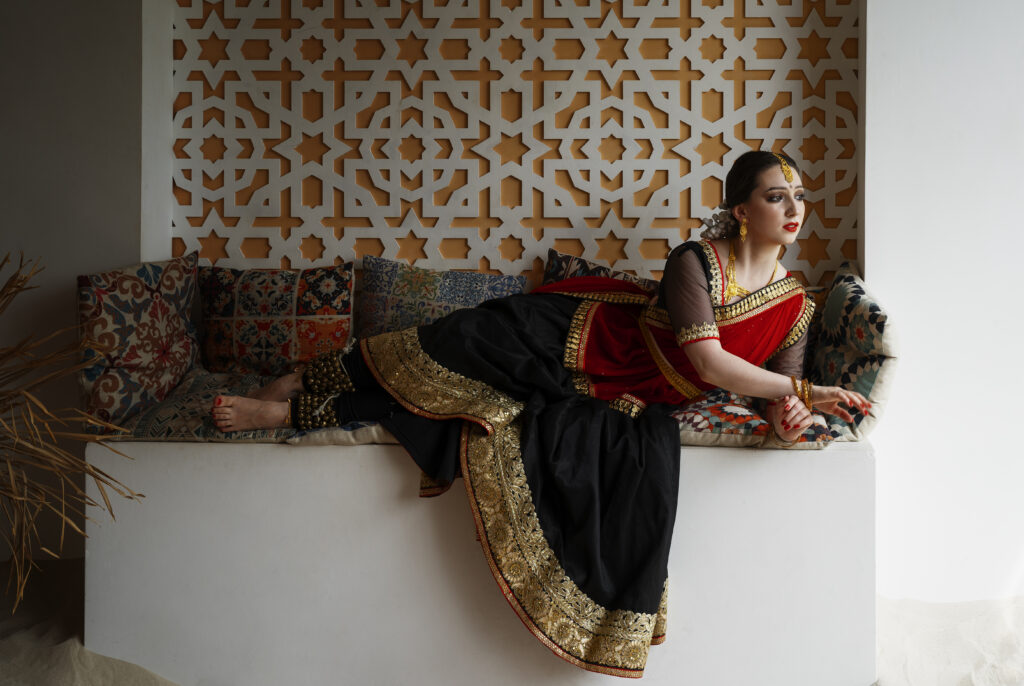The evolution of Indian fashion has been a fascinating journey, shaped by centuries of tradition, regional diversity, and global influence. Indian fashion, once dominated by rich textiles and elaborate garments, has undergone a remarkable transformation into a vibrant fusion of the old and the new. This shift has reflected the country’s dynamic cultural landscape and its growing global presence.
In ancient India, fashion was deeply rooted in cultural and religious significance. Fabrics like silk, cotton, and wool were carefully woven into intricate patterns that carried meaning. The use of handloom textiles, such as khadi, became iconic during the independence movement, symbolizing self-reliance and national pride. Traditional garments like the saree, salwar kameez, and dhoti were not only a reflection of regional identity but also of the country’s diverse traditions and climates.
The arrival of the British during colonial rule had a significant impact on Indian fashion. Western influences began to merge with traditional garments, leading to the creation of hybrid styles. The early 20th century saw the introduction of Western-style suits and dresses, but they were adapted to suit the Indian climate and sensibilities. This period also marked the emergence of Indian fashion designers who sought to create garments that blended Western elegance with Indian artistry.
Post-independence, Indian fashion entered a new phase of experimentation and growth. The 1960s and 1970s saw a wave of modernity, with Bollywood playing a key role in shaping public perceptions of style. Icons like Sridevi, Madhuri Dixit, and Shah Rukh Khan set trends that were widely emulated by the masses. The 1980s and 1990s saw the advent of fashion designers such as Manish Malhotra, Sabyasachi Mukherjee, and Ritu Kumar, who brought Indian fashion to the global stage. Their work introduced opulent bridal couture, innovative cuts, and embroidery techniques that were once the domain of royalty.
In the 21st century, Indian fashion has become a vibrant mix of traditional and modern elements. Fashion weeks in cities like Delhi and Mumbai have become prominent events showcasing both homegrown talent and international designers. The rise of digital platforms has allowed Indian fashion to reach a global audience, creating a fusion of street style, ethnic wear, and luxury fashion.
Today, Indian fashion continues to evolve, with younger generations embracing trends like sustainable fashion, streetwear, and athleisure, while still holding on to their cultural roots. The blend of traditional heritage with contemporary influences is what makes Indian fashion so unique and globally admired.

